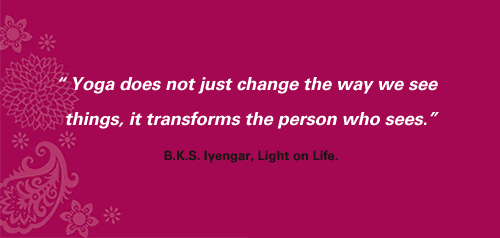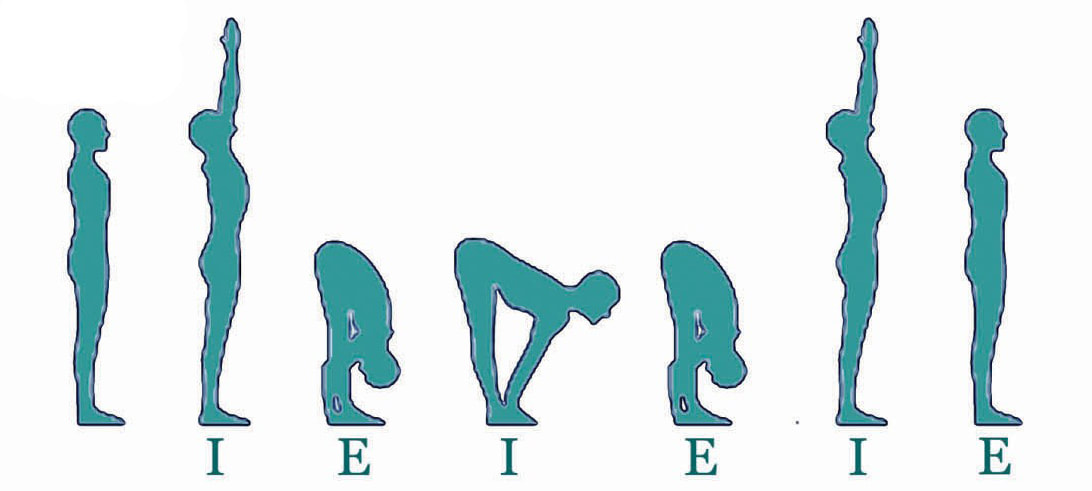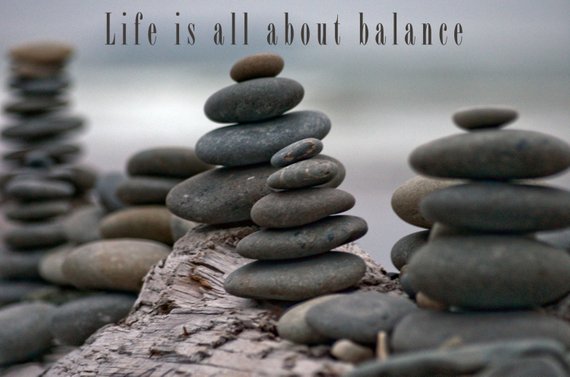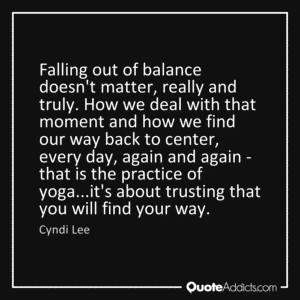Watch and Wait...for Change
My heart shall sing of the day you bring.
Let the fires of your justice burn.
Wipe away all tears,
for the dawn draws near,
and the world is about to turn.
from “The Canticle of the Turning” - a contemporary setting of the Magnificat
During the season of Advent, we watch and wait for a turning world – one characterized by justice, comfort, a new dawn. This new order is also characterized by seemingly incomprehensible reversals – the lion and the lamb lie together, the first will be last and the last will be first, a little child will lead them.
Change is constant and inevitable. It can be exciting and longed for, but it can also be upsetting and uncomfortable. Through the practice of yoga – on and off the mat – we build skills to manage the ups and downs of change in our lives and the world. Through observing change without judgement or attachment, we can cultivate gratitude, balance, and joy.
What change are you longing for? What change do you fear? How do you watch and wait for change in your life and in the world?
Pose
Savasana is customarily the final pose in an asana practice. It involves lying in complete stillness in order to integrate the effects of the practice. Total relaxation is the goal of savasana and, for that reason, it is often called the most difficult yoga pose because our minds are going in a thousand different directions and our bodies are tense and fidgeting.
Some may shy away from using the English name for savasasa – corpse pose. Thinking about one’s self as a corpse might be thought of as morose and unappealing. However, an asana practice can be considered a metaphor for a day, a season, or a lifetime. Finding ease in our “corpseness” in savasana, we in some sense prepare for ease in the many deaths experienced throughout our lives. Savasana becomes the concluding and a beginning act – a death to one’s old self and a rebirth to a new creation.
Here are some links to more thoughts about corpse pose:
Watch + Learn: Corpse Pose, narrated by Jason Crandell, yogajournal.com
The Subtle Struggle of Savasana, Nikki Costello, yogajournal.com
Breathe
Use your breath to change your body. Read more about it:
Yogic Breathing: The Physiology of Pranayama, Kripalu Center, huffpost.com
Breathing for Life: The Mind-Body Healing Benefits of Pranayama, Sheila Patel, M.D., chopra.com
Practice
Consider creating a visual focus in your practice space. This may be as simple as finding a favorite piece of art or a special object to place in a central location. Or it could be creating a home altar with religious icons and texts, incense, photos of ancestors, and natural objects such as stone, leaves, or plants. Such tangible visual references can provide a focal point during practice. They can also remind you of your intentions as you pass by them in daily life.
MEB






 RSS Feed
RSS Feed